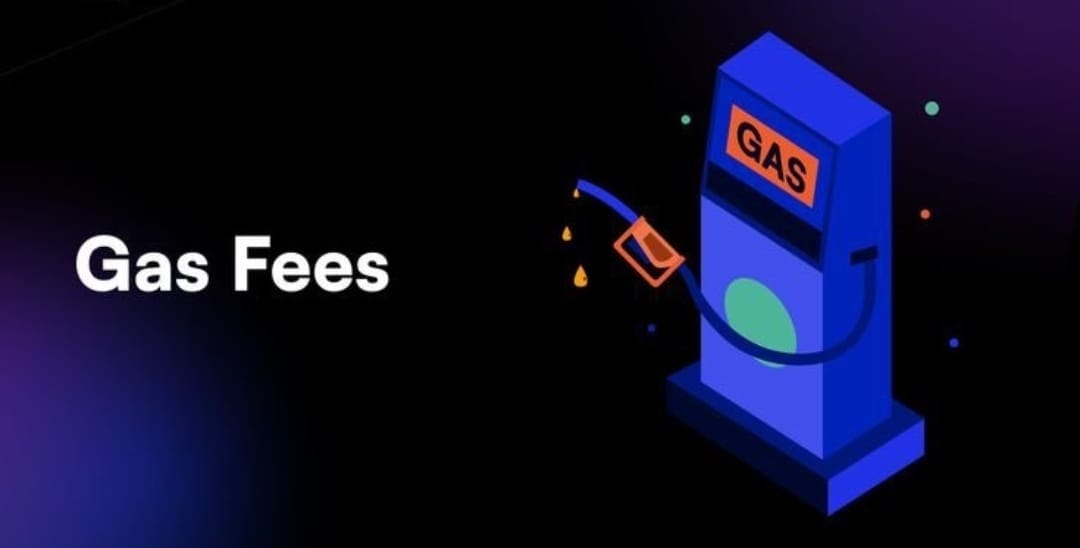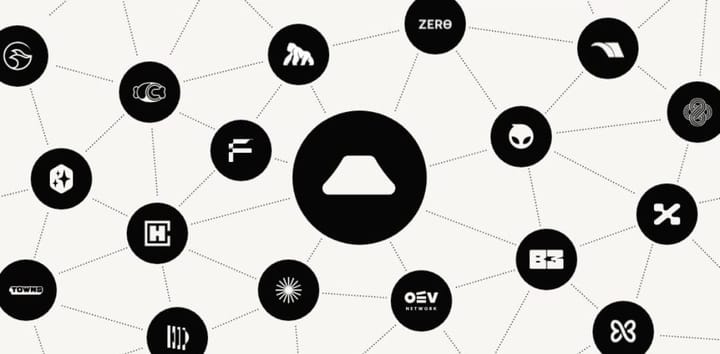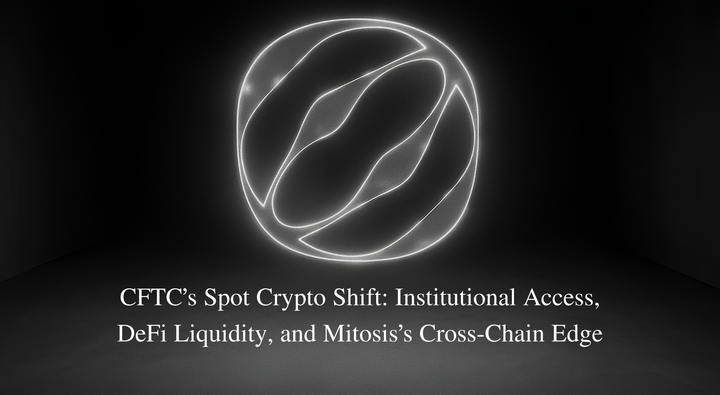Gas Fees Explained Without Any Math or Headaches

If you’ve ever tried using a blockchain or done anything in crypto whether it’s buying an NFT, swapping tokens, or moving coins from one wallet to another, you’ve probably run into something called a gas fee.
And if you’re like most people, your first thought was:
“Why do I have to pay this extra fee just to do something I already want to do?”
You're not alone. Gas fees can feel confusing, unfair, and sometimes way too high. But don’t worry. This article is going to break it all down for you in plain, simple words no math, no charts, no techy headaches. Just straight-up understanding.
What Is a Gas Fee?
Let’s start with the basics.
A gas fee is the cost of using a blockchain.
Think of it like this:
- When you drive a car, you need to pay for gas to keep it running.
- When you use a blockchain (like Ethereum), you also need to “pay for gas” to make things happen.
But instead of filling a tank with fuel, you're paying to power a network of computers that keeps everything secure and running smoothly.
So, gas fees aren’t a scam or a hidden tax. They’re just the cost of making the blockchain work.
A Simple Real-Life Example: Sending a Parcel
Imagine you're sending a package through a delivery company like FedEx or DHL. You pack it, label it, and take it to the shipping office.
Now ask yourself:
- Does FedEx deliver your package for free?
- Or do they charge you a fee?
Exactly. You have to pay a fee for them to handle, transport, and deliver your package.
Well, a blockchain works the same way.
Let’s say you want to send 1 ETH (Ethereum) from your wallet to your friend. You’re asking the Ethereum “delivery system” to carry out a task. The computers (called nodes or miners) doing this work don’t run on magic, they need electricity, internet, hardware, and time.
So you pay a gas fee to get your “transaction package” delivered.
Who Gets Paid the Gas Fee?
Here’s another question a lot of people ask:
Where does the gas fee go? Who’s getting that money?
On traditional blockchains like Ethereum, the fee usually goes to the people running the computers that make the blockchain work. These people are called miners or validators (depending on the network).
They’re not doing this out of kindness. They run powerful computers, and they want to get paid for doing the work.
Gas fees are their reward.
So when you pay a gas fee, you’re paying for:
- Their time
- Their electricity
- Their hardware
- And their help in keeping the network running smoothly
Why Do Gas Fees Change So Much?
One of the most frustrating parts about gas fees is that they can go up and down like crazy.
One day, it might cost $2 to do something on Ethereum. The next day? $50. Sometimes even more!
Why does this happen?
Let’s go back to real life for a second.
Example: Ordering Food on a Busy Night
Imagine it’s Friday night and you're trying to order pizza. But it's also the night of a big football game. Every pizza place is slammed. What happens?
- Delivery takes longer
- Prices go up
- You may even get kicked off the app because the restaurant is too busy
Now apply that same idea to a blockchain.
When too many people try to use the blockchain at the same time (like during an NFT drop or market panic), the network gets clogged up.
Everyone is shouting, “Pick me! Pick me!”
But the blockchain can only handle so many transactions at once. So how does it decide who goes first?
Whoever pays the highest gas fee.
It’s like tipping your delivery driver extra so they come to you first. People who pay more get their transactions processed faster.
That’s why fees go up when things are busy.
Can I Control How Much Gas I Pay?
Yes and no.
You can sometimes choose how much gas you want to pay, depending on the wallet or app you’re using. For example:
- Low gas fee = slower transaction (might take hours)
- Medium gas fee = average speed
- High gas fee = faster transaction (done in minutes or seconds)
But here’s the catch:
If you go too low, your transaction might get stuck and never go through.
So while you can adjust your fee, you still have to play by the rules of the network.
Do All Blockchains Have Gas Fees?
Almost all blockchains have some form of gas fee, but not all fees are equal.
Some examples:
- Ethereum: Often high, especially during peak times
- Bitcoin: Also has fees, but they work differently
- Polygon, Avalanche, Fantom: Much cheaper fees
- Solana: Known for super low fees sometimes just fractions of a cent
- Mitosis: (Let’s say you’re using a protocol like Mitosis) It can bundle and optimize cross-chain transactions to reduce your gas costs significantly
So if you hate paying high gas fees, you’re not stuck. There are other blockchains out there that offer the same results for way less money.
What Are You Paying For, Really?
Let’s dig deeper for a second.
When you pay a gas fee, what are you actually paying for?
You’re paying for computing power.
The blockchain is like a massive digital spreadsheet that keeps track of everything: balances, contracts, swaps, and more.
To update that spreadsheet:
- The system needs to verify what you’re doing
- It needs to check that everything’s correct
- It needs to save the changes forever so no one can cheat
This takes work. And that work requires energy, memory, and bandwidth.
So whether you’re swapping a token or buying an NFT, that action needs to be verified and recorded, and the gas fee pays for the people and machines doing that.
Are Gas Fees Bad?
No, gas fees aren’t bad. In fact, they’re necessary.
Without gas fees:
- The blockchain would be easy to spam
- People could overload the system with junk transactions
- There would be no incentive for miners or validators to keep the system running
Gas fees are like the “ticket system” that keeps everything moving in order.
That said, high gas fees are a real problem, especially for new users or those with small balances.
Paying $30 to move $10 worth of crypto? That just doesn’t make sense.
And that’s why developers are always working on:
- Better blockchains
- Faster processing systems
- Layer 2 solutions (like Arbitrum, Optimism)
- Cross-chain platforms (like Mitosis)
The goal is to make gas fees lower or at least more predictable.
How to Avoid High Gas Fees
Here are a few practical tips to dodge expensive gas fees:
1. Use the Blockchain When It’s Less Busy
Try doing your transactions early in the morning or late at night. Less demand = lower gas.
2. Switch to Cheaper Chains
If Ethereum is too expensive, try Polygon, Avalanche, or Solana. The user experience is often similar, but the fees are much lower.
3. Bundle Transactions
If you’re using DeFi, see if you can combine multiple actions into one. Some platforms help you do this to save gas.
4. Use Gas-Saving Protocols
Look for platforms like Mitosis that are designed to optimize gas costs, especially when moving money across chains.
What’s the Future of Gas Fees?
The world of crypto is always evolving. Here’s where things are heading:
- Layer 2 networks are getting faster and cheaper
- Gasless transactions are being tested (where the dApp pays the fee for you)
- Bundled transactions and meta-transactions are improving user experience
- Mitosis and other cross-chain tools are reducing the need for multiple costly hops between blockchains
In other words:
Gas fees may never disappear completely, but they’re becoming a lot more manageable.
Final Thoughts
Gas fees might seem annoying at first, but now you know why they exist and how they work.
They’re not a scam.
They’re not random.
They’re just the cost of keeping the blockchain alive and fair for everyone.
And like anything else in tech, the solutions are already on the way:
- Better infrastructure
- Smarter apps
- More user-friendly tools
So next time you see a gas fee pop up, you’ll know exactly what it means, and you won’t feel confused or frustrated.
Because now, you’ve got the knowledge.
And knowledge is the best kind of power in crypto.



Comments ()